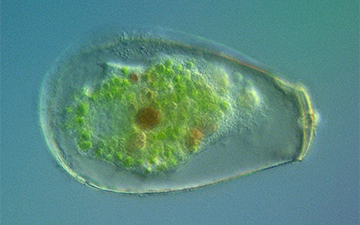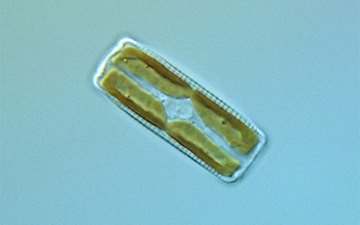Cards
(QUICK LINKS: Decks | plants | mammals | birds | | reptiles | fish | cephalopoda | insects | microbe | events
( scientist | project | modifier | technique |)

Nassula
Nassula species


4 POINTS
Play: Nassula has a MOVE of 1, and is considered a HETEROTROPH
Fact: Nassula possesses a basket like feeding apparatus which looks like a group of straight lines.

Korotnevella
Korotnevella genus


4 POINTS
Play: Korotnevella has a MOVE of 1,and is considered an HETEROTROPH
Fact: Ciliates are characterized by the presence of hair like organelles called cilia.

Hyalotheca
Hyalotheca genus


2 POINTS
Play: Hyalotheca is considered an AUXOTROPH.
Fact: Hyalotheca are a genus of filamentous green algae.

Hyalosphenia
Amoeba genus


4 POINTS
Play: Hyalosphenia has a MOVE of 1,and is considered a HETEROTROPH.
Fact: Hyalosphenia is a testate amoeba that has photosynthetic symbionts (the green particles-chlorella)

Euplotes
Euplotes genus


4 POINTS
Play: Euplotes has a MOVE of 1, and is considered an HETEROTROPH
Fact: Euplotes often have dorsal (sensory) and ventral (movement) cilia.

Eunotia
Diatom group


2 POINTS
Play: Eunotia is considered an AUXOTROPH
Fact: Eunotia are a common form of phytoplankton and have cell walls made of silica (called a frustule).